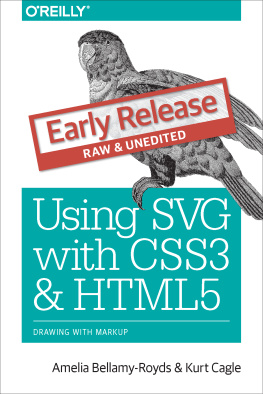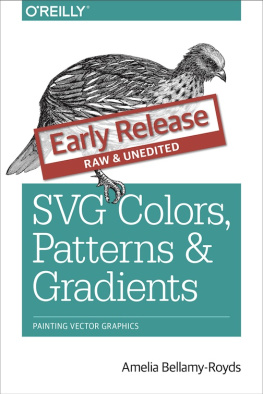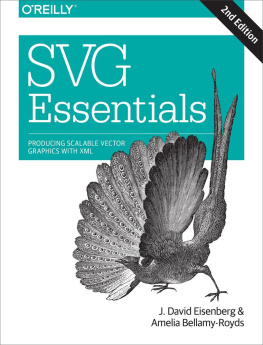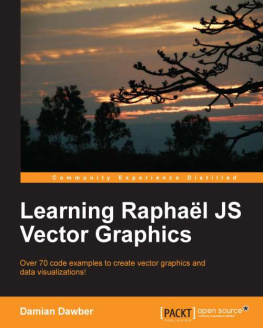John Vince - Vector Analysis for Computer Graphics
Here you can read online John Vince - Vector Analysis for Computer Graphics full text of the book (entire story) in english for free. Download pdf and epub, get meaning, cover and reviews about this ebook. publisher: Springer London, genre: Children. Description of the work, (preface) as well as reviews are available. Best literature library LitArk.com created for fans of good reading and offers a wide selection of genres:
Romance novel
Science fiction
Adventure
Detective
Science
History
Home and family
Prose
Art
Politics
Computer
Non-fiction
Religion
Business
Children
Humor
Choose a favorite category and find really read worthwhile books. Enjoy immersion in the world of imagination, feel the emotions of the characters or learn something new for yourself, make an fascinating discovery.
- Book:Vector Analysis for Computer Graphics
- Author:
- Publisher:Springer London
- Genre:
- Rating:3 / 5
- Favourites:Add to favourites
- Your mark:
- 60
- 1
- 2
- 3
- 4
- 5
Vector Analysis for Computer Graphics: summary, description and annotation
We offer to read an annotation, description, summary or preface (depends on what the author of the book "Vector Analysis for Computer Graphics" wrote himself). If you haven't found the necessary information about the book — write in the comments, we will try to find it.
Vector Analysis for Computer Graphics — read online for free the complete book (whole text) full work
Below is the text of the book, divided by pages. System saving the place of the last page read, allows you to conveniently read the book "Vector Analysis for Computer Graphics" online for free, without having to search again every time where you left off. Put a bookmark, and you can go to the page where you finished reading at any time.
Font size:
Interval:
Bookmark:
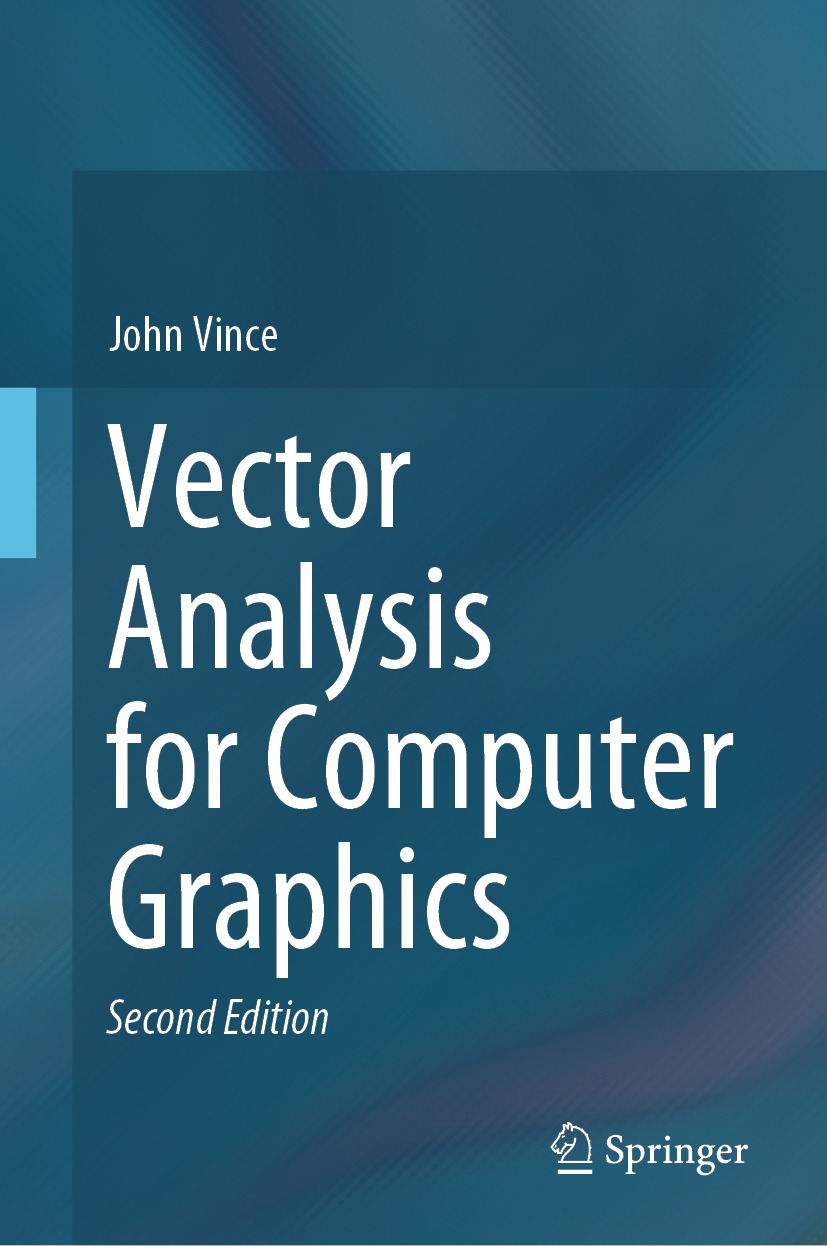

The author(s) has/have asserted their right(s) to be identified as the author(s) of this work in accordance with the Copyright, Designs and Patents Act 1988.
This Springer imprint is published by the registered company Springer-Verlag London Ltd. part of Springer Nature.
The registered company address is: The Campus, 4 Crinan Street, London, N1 9XW, United Kingdom
In the hope that some of my grandchildren
become interested in mathematics, this book
is dedicated to them: Megan Howden, Mia
Davies, Lucie and Millie Vince, Ella and
Henry Huber, and of course, my wife Heidi.
The first edition of Vector Analysis for Computer Graphics was published in 2007, and after submitting the manuscript to Springer, I came across geometric algebra. Since then, I have thought about it intensely, and written two books on the subject. Meanwhile, what I call traditional vector analysis, still exists, and continues to be taught throughout the world. So, I decided to write a 2nd edition, and here it is.
It has taken over a year to prepare the final files, because the originals had been created using MS Word, and I now use  . This has meant retyping every equation and creating all the figures again!
. This has meant retyping every equation and creating all the figures again!
The books main objective is to introduce the subject of vector analysis to readers studying computer graphics, although it will be of interest to a wider readership. It includes most of the original topics, but I have extended various areas, and it still comprises eleven chapters. Chap. introduces dependent and independent equations, which are so important to vector analysis.
Chapter develops the use of the grad differential operator by showing how tangent and normal vectors are computed for various curves and surfaces.
Chapters examines three ways of rotating vectors in  and
and  , finishing with quaternions.
, finishing with quaternions.
I have thought very carefully about what to leave out, and what to include, and really hope that you are happy with the result.
In this chapter I trace the emergence of the name vector, the invention of quaternions, and the branch of mathematics called vector analysis.
A Line supposed to be drawn from any Planet moving round a Center, or the Focus of an Ellipsis, to that Center or Focus, is by some Writers of the New Astronomy, called the Vector; because tis that Line by which the Planet seems to be carried round its Center [].
Vector also appears in the form radius vector, which in French is rayon vecteur. It is found in Trait de mcanique cleste by the French scholar and polymath Pierre-Simon Laplace [17491827], and in Application de lAnalyse la Gomtrie by the French mathematician and inventor Gaspard Monge [17461818]:... on nomme la droite r le rayon vecteur du point, et lorigine des coordonnes devient un ple, do partent les rayons vecteurs des diffrens points de lespace [].
Although vector was being used by various astronomers and mathematicians, no one had found a way of encoding a mathematical object that possessed magnitude and directionthis was eventually invented by the brilliant Irish mathematician, physicist and astronomer Sir William Rowan Hamilton [18051865].Today, Hamilton is recognised as the inventor of quaternion algebra, which became the first non-commutative algebra to be discovered. One can imagine the elation he felt when finding a solution to a problem he had been thinking about for a decade!
The invention provided the first mathematical framework for manipulating vectorial quantities, although this was to be refined by the American theoretical physicist, chemist, and mathematician Josiah Willard Gibbs [18391903]. Although Hamilton had arrived at his invention through an algebraic route, it was obvious to him that quaternions had significant geometric potential, and he immediately started to explore their vectorial and rotational properties.
Unbeknown to Hamiltonand virtually everyone else at the timethe French social reformer, and brilliant recreational mathematician Benjamin Olinde Rodrigues [17951851], had already published a paper in 1840 describing how to represent two successive rotations about different axes, by a single rotation about a third axis [].
Font size:
Interval:
Bookmark:
Similar books «Vector Analysis for Computer Graphics»
Look at similar books to Vector Analysis for Computer Graphics. We have selected literature similar in name and meaning in the hope of providing readers with more options to find new, interesting, not yet read works.
Discussion, reviews of the book Vector Analysis for Computer Graphics and just readers' own opinions. Leave your comments, write what you think about the work, its meaning or the main characters. Specify what exactly you liked and what you didn't like, and why you think so.

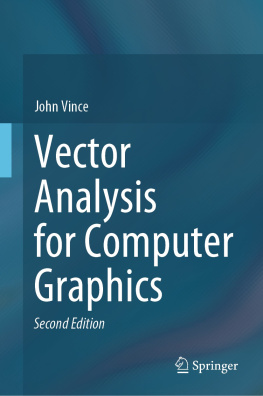
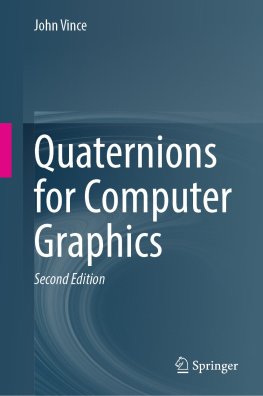
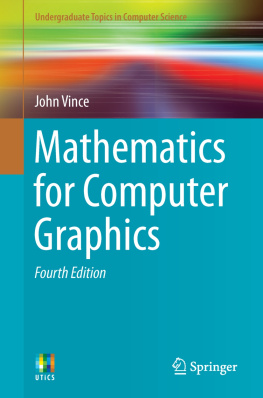
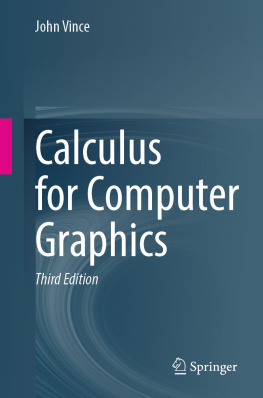

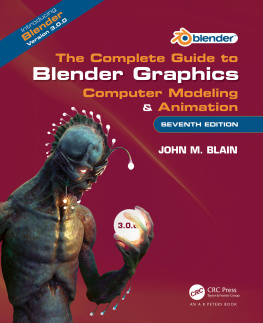
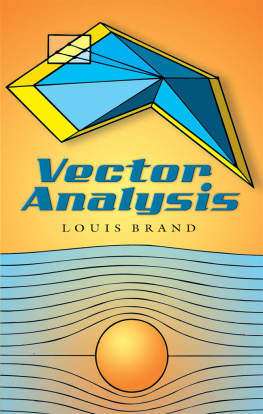
![J. David Eisenberg and Amelia Bellamy-Royds - SVG essentials: [producing scalable vector graphics with XML]](/uploads/posts/book/193501/thumbs/j-david-eisenberg-and-amelia-bellamy-royds-svg.jpg)
